Literacy
History is the closest subject to literacy. There are many opportunities between the two subjects for cross- curriculum teaching. Teaching history raises standards in literacy because there are many English based activities that are used in history lessons. History lessons require teachers and children to use their literacy skills in reading, writing and speaking and listening. Read more
-
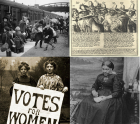
Storytelling the past
ArticleClick to view -
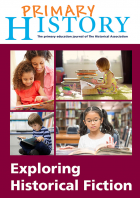
Primary History summer resource 2020: Historical Fiction
ArticleClick to view -

Historical fiction: it’s all made up, isn’t it?
ArticleClick to view -

Embedding progress in historical vocabulary teaching
ArticleClick to view -
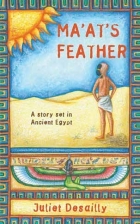
Texts for the Classroom: Ma’at’s Feather
ArticleClick to view -

Using Horrible History to develop primary literacy and history
ArticleClick to view -

Time for a story
ArticleClick to view -
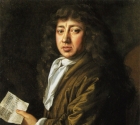
KS1: Teaching about significant individuals
ArticleClick to view -

Assessment and Progression without levels
ArticleClick to view -

Eweka's story: Benin and Big Picture History
ArticleClick to view -

Teaching Ancient Egypt
ArticleClick to view -

Why stories?
ArticleClick to view -
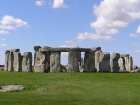
Stone Age to Iron Age - overview and depth
ArticleClick to view -

History and language
ArticleClick to view -

History is literacy: 'doing history' with written and printed sources
ArticleClick to view -

Writing history
ArticleClick to view -

Creativity and history
ArticleClick to view -

Creating the 'creative history' website
ArticleClick to view -

In My View: Creativity & History
ArticleClick to view -

A creative Egyptian project
ArticleClick to view

